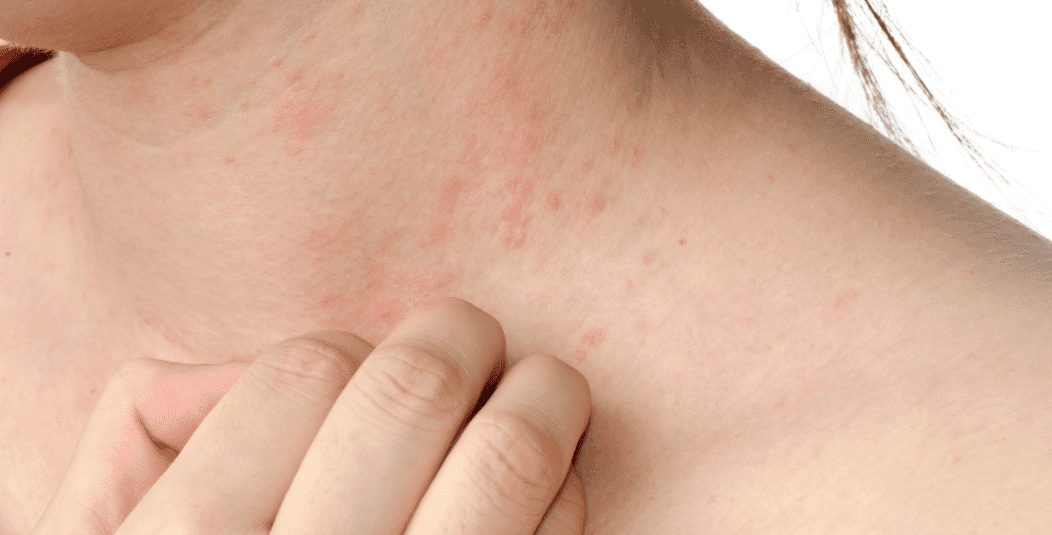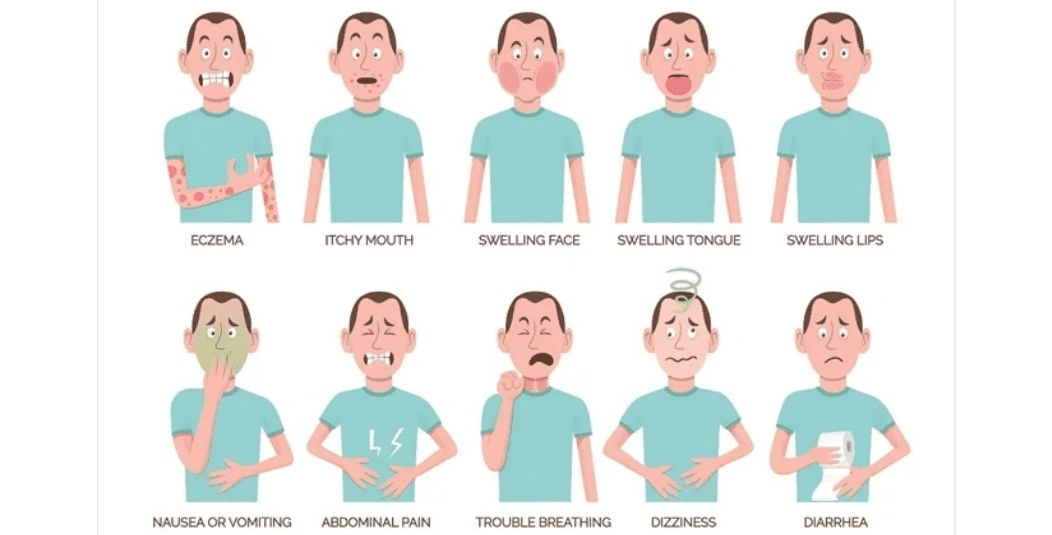Loading...
What is an allergy?

An allergy is a reaction by your immune system to a normally harmless substance such as pollen,animal dander, molds, latex, insect stings and certain foods. People who have allergies often are sensitive to more than one thing.
What is an allergic reaction?

When you become allergic to a certain substance, your body produces an antibody that helps it find and remove the harmful substances from your system. These are called IgE antibodies and are responsible for triggering allergic symptoms. Histamine is produced by the body as a result of this reaction and is known to cause allergic reactions.
How Allergy develops?

The development of allergic reactions is a two-step process that involves the production of IgE antibodies. During the initial stages, individuals develop a large amount of these antibodies against various substances, such as inhaled or injected drugs. They can also stimulate the memory B cells to produce more antibodies.
During the early stage of sensitization, the individual develops significant amount of IgE antibodies against an inhaled, ingested or injected substance. Memory B cell also appear that are capable of immediately producing more of this specific antibodies when stimulated.
The second stage involves adherence of this newly formed IgE to circulating basophils or to the mast cell located in the skin, mucosal surfaces of gastrointestinal tract or respiratory system.
The new exposure simply added to the existing population so that there are millions of IgE molecule directed against different allergens, present on the surface of each mast cell and basophils. This process of sensitization does not produce any symptoms that we equate with allergic disease. The second step in the two step process of becoming allergic involves the re-exposure of a sensitized person to the same allergen. With exposure production symptoms may vary from mild for example sneezing to sudden death.
Does everyone get allergies?

No. Most allergies are inherited, which means they are passed on to children by their parents. People inherit a tendency to be allergic, although not to any specific allergen. If your child develops an allergy, it is very likely that you or your partner has allergies.
How common are allergies?

More than 50 million Americans (1 in 6) experience all types of allergies, including indoor/outdoor allergies, food and drug, latex, insect, skin and eye allergies. The number of people who have allergies continues to increase across all ages, sex and racial groups.
What are the symptoms of allergies?

Allergy symptoms are classified as mild, moderate or severe:
Mild reactions include local symptoms (affecting a specific area of your body) such as a rash or hives, itchiness, watery/red eyes, hay fever and runny nose. Mild reactions do not spread to other parts of your body.
Moderate reactions include symptoms that spread to other parts of your body. Symptoms may include itchiness, hives, and/or swelling and trouble breathing. A severe allergic reaction, known as anaphylaxis, is a rare, life-threatening emergency in which your body’s response to the allergen is sudden and affects the whole body. Anaphylaxis may begin with severe itching of your eyes or face. Within minutes, more serious symptoms appear, including throat swelling (which could cause problems with swallowing and breathing), abdominal pain, cramps, vomiting, diarrhea, hives and swelling (angioedema). You may also have mental confusion or dizziness, since anaphylaxis may cause a drop in blood pressure.
What causes allergies?

Anything that you come into contact with that your body views as a “harmful invader” can be a cause of an allergy. Normally harmless substances that are common causes of allergies include pollen, animal dander, mold, dust, foods, insect venom and latex.
Technically, your symptoms are the result of a chain of events that are your body’s response to the “harmful invader.” Your body “sees” the invader, makes antibodies to fight the invader, and in so doing, releases histamines that cause your allergy symptoms.